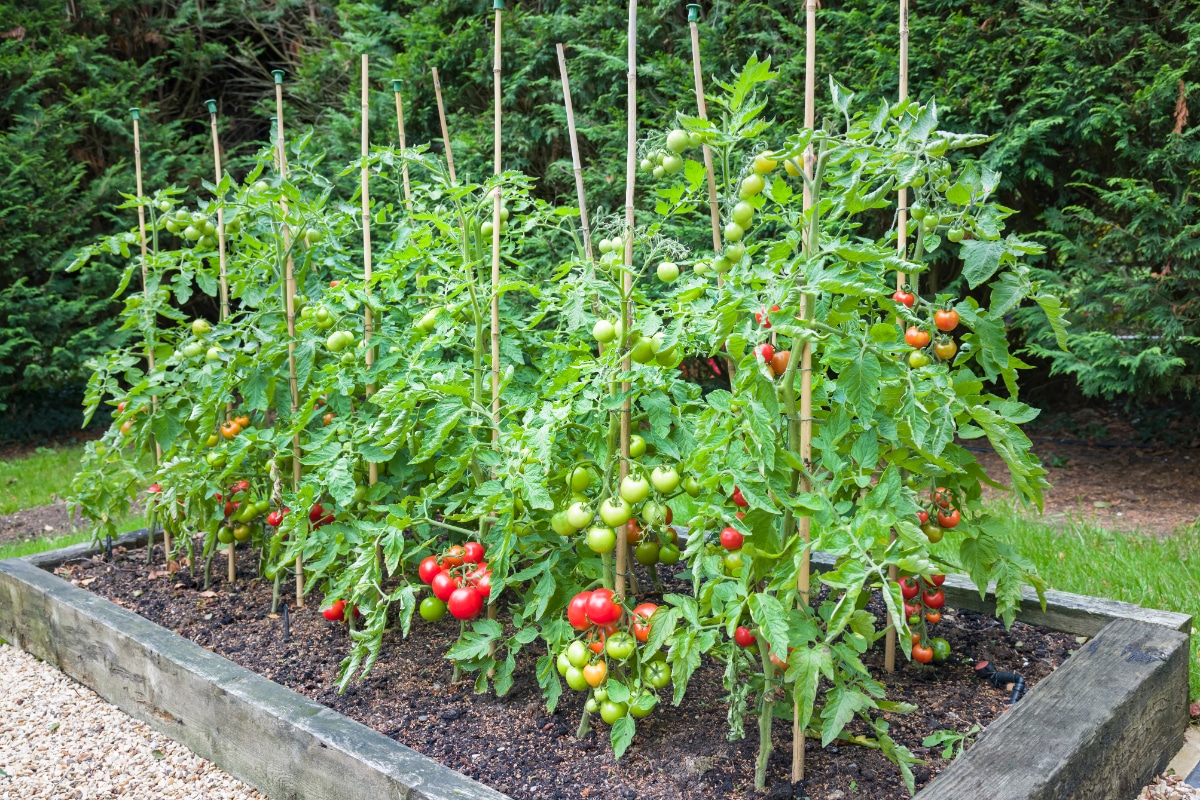What Is The Difference Between Sowing and Planting?
“Sowing” and “planting” are related activities in the context of agriculture and gardening, but they refer to different stages in the process of growing plants.
- Sowing:
- Definition: Sowing is the process of placing seeds in the soil to initiate their germination and growth. It is the initial step in the cultivation of plants.
- Method: Seeds are typically spread or placed in the soil, and then covered with a layer of soil. The depth at which seeds are sown depends on the specific plant type and its requirements.
- Timing: Sowing is usually done at the beginning of the growing season, when environmental conditions are favorable for germination and plant development.
- Planting:
- Definition: Planting refers to the action of placing a young plant or seedling into the ground for further growth. It involves transplanting a germinated seed or a young plant into a larger growing medium, such as soil or a container.
- Method: Instead of placing seeds directly into the soil, with planting, you introduce a pre-grown plant into the soil. This could be in the form of a seedling, sapling, or a more mature plant.
- Timing: Planting is typically done after the seed has already germinated and the young plant has reached a certain size, making it more capable of surviving and thriving in the soil.
In summary, sowing is the initial step where seeds are placed in the soil to start the germination process, while planting involves placing already germinated seeds or young plants into the soil to continue their growth. Sowing is about starting from seeds, and planting is about introducing young plants into the growing environment.
Sowing is the act of putting seeds close enough to the ground for them to take root. Planting, on the other hand, is when you put one seed in each hole.
Planting is typically done indoors within a pot or even outside around a tree. Sowing is typically done outdoors in rows or small patches.
This article will introduce the differences between sowing and planting. It will help you understand how to choose the right kind of seed for your garden.
Sowing seeds is different from planting because when you sow seeds, you are letting them stay on top of the soil surface. You are also only sowing one seed per hole in this case. Planting, on the other hand, is when you are pushing your seeds into the ground with a trowel or by sprinkling them over the soil surface.
Throwing a handful of seeds around, also known as sowing, is a huge part of how baby plants grow. You can do this by throwing them onto the soil in a controlled manner.
Planting is the act of taking an established plant, roots, stem & leaves, digging a hole, placing the roots in the hole (and filling it back in with soil)
Some people store their seeds in the fridge but they are more likely to have better germination rates if they are left on the soil. Scooping it up, covering it with soil or “planting” deeper into the surface instead of just placing them there.
When seeds are initially grown in pots or seedling trays with a view to placement into the ground as individual plants, as is the case with tomatoes, this is known as planting.

What Causes Varieties in When to Sow and When to Plant?
The time for seeding is influenced by the climate, the type of seed, and the length of the growing season.
The time for seeding depends on whether you are starting seeds indoors or outside. The time to sow them also varies depending on your climate zone.
This is one of the most common questions asked by gardeners. The answer depends on the vegetables you are thinking of planting. Different vegetables have different optimal seeding times. The best time to plant your vegetable garden also varies depending on where you live, so it is important to check with your local climate.
If you are planning to grow lettuce, broccoli, or other leafy greens, it’s best to sow your seeds in early spring, so they’ll grow quickly and give you a head start on the growing season. Corn and beans should be planted directly after harvest or in late summer for cooler climates because they take longer to mature.
First, you need to know that there are three categories for plant seeds: annuals, biennials, and perennials. Annuals are plants that produce a new generation from an original “parent” plant each year. Biennials produce a new generation from a parent after two years. Perennials produce a new generation from a parent every year.
Growing vegetables can be a lot of fun, but it does require some patience and time.
Some of the most important things to keep in mind when growing vegetables are:
– The type of vegetable and the average amount of time it takes for that type to grow (this will depend on your climate)
– The quality and size of soil you use
– When and how much water you give your plants
– Temperature
Vegetable gardening is the best way to get fresh produce in your diet. It may seem hard at first, but it doesn’t have to be.
Plants are a staple in most households. With the growing of vegetables, comes knowledge and experience.

